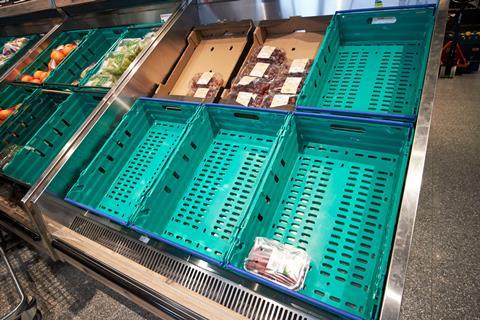
Shoppers are facing mounting fruit and veg shortages in the mults as fears over empty shelves have resulted in rationing.
Lidl today joined Aldi and Tesco in imposing a limit of three items per person on peppers, tomatoes and cucumbers.
A spokeswoman from the discounter said the decision had been made “due to a recent increase in demand” and would “ensure that all of our customers have access to the products they need”.
Aldi and Tesco introduced limits on peppers, cucumbers and tomatoes to three units per person last Wednesday.
This followed caps a week ago of two items per customer across tomatoes, cucumbers, lettuce and peppers in Morrisons. And on the same day, Asda limited eight lines – tomatoes, peppers, cucumbers, lettuce, salad bags, broccoli, cauliflower and raspberries – to three each per customer.
The restrictions came after widespread reports on social media of shortages across the UK last weekend, with mystery shoppers for The Grocer 33 reporting “empty spaces and also empty veg crates covered with posters showing pictures of vegetables that were unavailable” at one Asda store the week before last, with gaps also noticed at Tesco.
Other retailers played down issues with supply, with the majority of supermarkets contacted by The Grocer stating they had no plans to introduce rationing – and availability in specific stores or online was not representative of overall availability. The Co-op, Waitrose, Sainsbury’s and Marks & Spencer do not have any current restrictions.
UK salad production to hit lowest levels since 1985
The shortages were caused by “difficult weather conditions in the south of Europe and northern Africa, which disrupted the harvest of some fruit and veg including tomatoes and peppers”, said BRC director Andrew Opie.
“While disruption is expected to last a few weeks, supermarkets are adept at managing supply chain issues and are working with farmers to ensure customers are able to access a wide range of fresh produce,” he stressed.
“In the meantime, some stores are introducing temporary limits on the number of products customers can buy to ensure availability for everyone.”
His comments were echoed by Tim O’Malley, group MD of Nationwide Produce, who cited drought and high temperatures in the summer before a mild autumn and a severe frost over winter.
But supply has also been impacted by a pull-back in production in the UK due to soaring input and energy costs, with NFU research showing an average 19% fall in 2022 UK veg supply.
The situation has even affected products for which the UK can typically supply itself year-round, including carrots, cabbage and cauliflower. And an NFU ‘intentions’ survey in December showed growers expected a further 4.4% fall in production in 2023.
“If you’re on productive land, with global wheat prices this high, why would you take a risk on field veg? It’s about the highest risk you could take,” said NFU president Minette Batters. “Take out labour costs. It’s a product you can store. Field veg is extremely high risk and the declines are playing out in real time.”
“There is no way” UK supply would be sufficient this year, added O’Malley.
To mitigate sourcing challenges, M&S told The Grocer it was looking at “alternative supply routes”. Salad supplier Florette also confirmed it had “supplemented sources from outside our usual supplier base,” said commercial director Martin Purdy.
Wholesalers have seen average prices twice or three times the normal rates for this time of year.
Wholesale fruit & veg prices soar amid shortages in supermarkets
According to data from Nationwide Produce, the spot price for boxes of some veg are up to three times higher than normal, with crops such as Dutch onions up from an average £250 to £280 per tonne to £700 per tonne.
Other significant price hikes included cherry tomatoes up from £5 to £6 per box to £17. Aubergines are up from £6-£8 to £18 per box and yellow peppers are up from £8-£9 to £22 per box.
“I can honestly say in the 40 years I’ve been in this trade, I’ve never seen such high prices across such a broad range of products for such a prolonged period of time,” said O’Malley.
“We have a massive contraction in intensive sectors of agri and horticulture,” said one industry insider.
“It’s disingenuous to blame it [all] on the weather in Spain. British production has contracted with many growers mothballing some of their glasshouses to save money on increased energy costs, as gas is currently three times higher than normal.”
They added Brexit had made the situation worse as “where it’s a reduction in supply due to weather it’s a lot easier to supply those in the Single Market”.
“It’s absolutely true that in a tightened supply situation, Brexit is causing supply shortages in the UK, it may be indirect, with market traders clearing shelves and causing issues, and they’re rationing so real customers can get them,” they explained.
“Sometimes it’s a displacement effect. But when supply is short from the Continent it highlights further the reduction in supply over here.”
This was echoed by Mike Parr, MD of logistics firm PML, who said he was “repeatedly hearing on the ground is that producers are simply not interested in shipping fresh produce to the UK because of the unacceptable cost of transportation, coupled with the unprecedented level of paperwork and well documented extensive delays associated with imported goods”.
The fragility of fresh food supply chains was a key theme at the NFU conference in Birmingham last week, with the union’s president Minette Batters warning UK salad production had fallen to its lowest levels since records began.




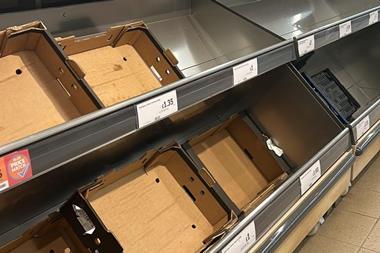

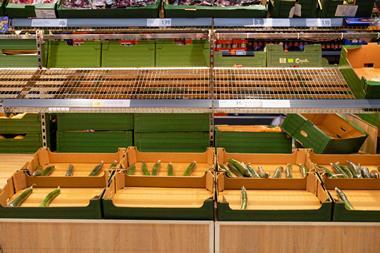
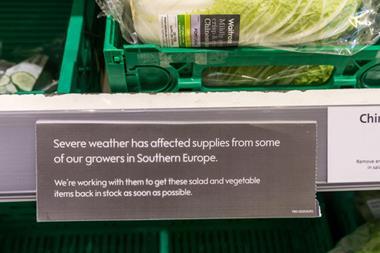
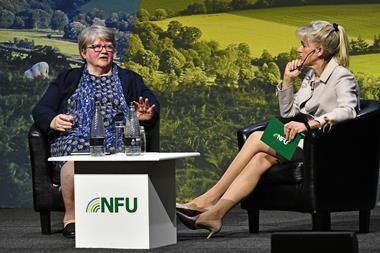
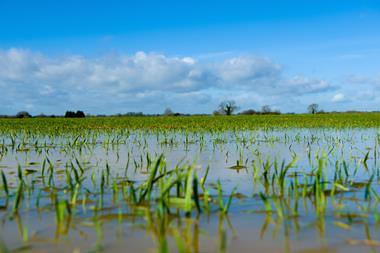
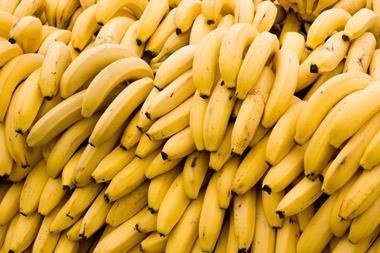
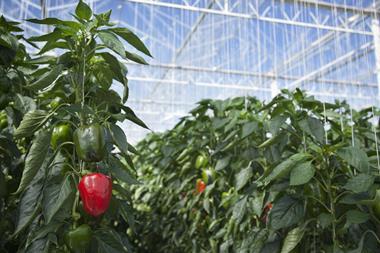


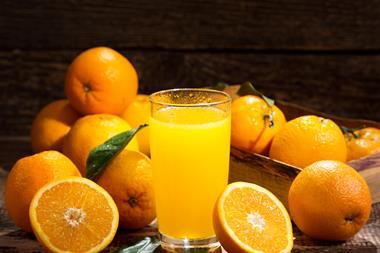
No comments yet